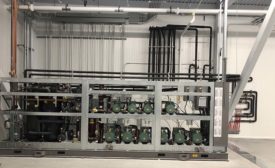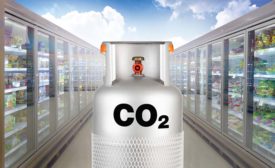Discover CO2 Refrigeration
Explore the market drivers, regulatory landscape and basics of CO₂ refrigeration systems.
ARTICLES
Pressure, States, Conditions Major Components in R-744 Education
Flash gas bypass and high pressure valves are important aspects of CO₂ refrigeration systems
December 22, 2023
Discovering the Benefits of R-744
The R-744 market is just blooming in the U.S., as fewer than 1,000 systems have been installed domestically
October 10, 2023
HVAC Contractors Discover the Benefits of CO₂ Refrigeration
CO₂, also known as R-744, is a nontoxic, nonflammable refrigerant that is desirable for low- and medium-temperature applications
Read More
Copyright ©2024. All Rights Reserved BNP Media.
Design, CMS, Hosting & Web Development :: ePublishing








